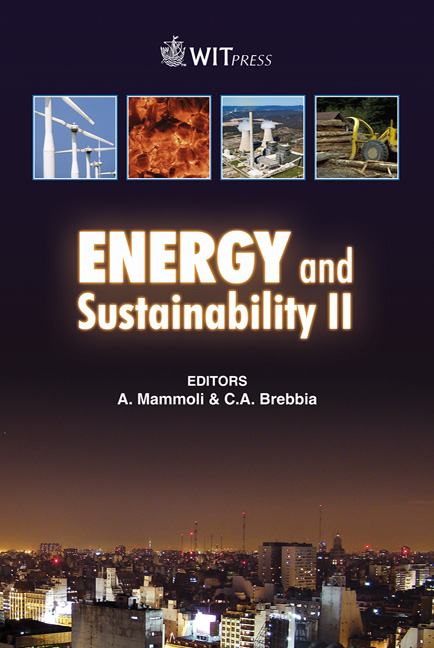Gasified Residual/waste Biomass As Solid Oxide Fuel Cell Feed For Renewable Electricity Production
Price
Free (open access)
Transaction
Volume
121
Pages
12
Published
2009
Size
352 kb
Paper DOI
10.2495/ESUS090061
Copyright
WIT Press
Author(s)
J. Jurewicz & N. Abatzoglou
Abstract
Gasification of waste biomass, a renewable feedstock, is considered as a sustainable technology for producing environmentally friendly feed (biosyngas) for fuel cells. This work examines the contaminants contents (i.e. sulphur and halogens) of typical waste biomass sources and evaluates their nuisance to Solid Oxide Fuel Cells (SOFC) performance for the two most considered types of anodes: metal-ceramic composites (cermets) and composite oxides. The necessity and the extent of physico-chemical purification of the bio-syngas and its cost depend upon the chemical stability of the anode material. These needs as well as their associated costs are evaluated and a first assessment of the sustainability of such solutions is undertaken and commented. Keywords: waste, biomass, gasification, sulphur, halogens, SOFC, syngas, gas purification, anode, cermet, composite oxide ceramics.
Keywords
waste, biomass, gasification, sulphur, halogens, SOFC, syngas, gas purification, anode, cermet, composite oxide ceramics





